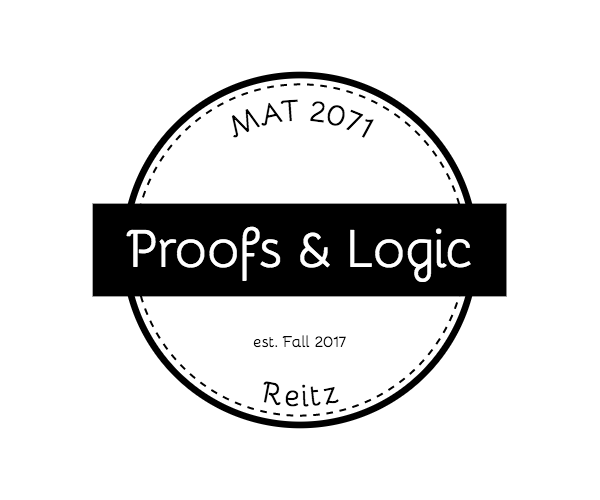Part 1-
a). Visual Multiplication and 48/2(9+3): This video is showing a new way of multiplication by using lines and counting the intersections. It also explains how crucial notation is in math.
https://www.youtube.com/watch?v=a-e8fzqv3CE
b). How to Draw a Perfect Circle: This video is about what makes a circle perfect, like for example she mentions about the radius needs to be the same. And how to perfectly
draw one.
https://www.youtube.com/watch?v=QncgmzH6yQU
c). Origami Proof of the Pythagorean Theorem: This video explains the Pythagorean theorem by using a piece of paper, folding into different triangles. It explains the concept of the Pythagorean Theorem and why we use it and add it, and why its equal.
https://www.youtube.com/watch?v=z6lL83wl31E
Part 2- I pick the first video to focus on.
When I first watch this video, I was amazed. I never learn or saw anything like this before. I had no clue that just by drawing lines and counting the intersection could help you get your answers. Watching this, made me surprised because I couldn’t believe this worked. I learned that teachers out there don’t want us, as a student, to know these shortcuts because we would use it more often than learn their way. I also learned that there are other methods out there to solve a multiplication problem. But a question I have is, what kind of multiplication does this work for? Does it work for two digits numbers? Can I work for more than two digits? Does it work for one digits?
Part 3-
As a future teacher, I want to teach my students different kind of ways to solve any kind of problems. I want to share information of what I understand more and show them my view of doing this. This video helps me understand that you could teach different kind of ways. In which this is teaching, like I learn how to use this method. This is relevant to the work I will be doing in my classroom because I’m going to be teaching how to multiply and distributive something and when to use it. But this is also math because in math, we not only use numbers, algorithms; but we also use diagrams, graphs, drawing to help us, etc. A connection to the earlier reading assignment of Lockhart’s Lament is when Lockhart explains that in math you don’t have to follow specific directions to get your answer, it’s about creating new ones. And Lockhart is right, for example like the video, she didn’t use the basic multiplication to solve her answer, she used lines and the intersection.




Great choices, Stephanie! I’m also fascinated by visual multiplication – what a great alternative for visually-minded folks. A good exercise is to try doing a simple problem, like 32*17, both visually and the “traditional way,” and try to see the parallels between the two – I think you could probably figure out how to generalize it to 3-digit numbers by doing this, definitely worth a try.